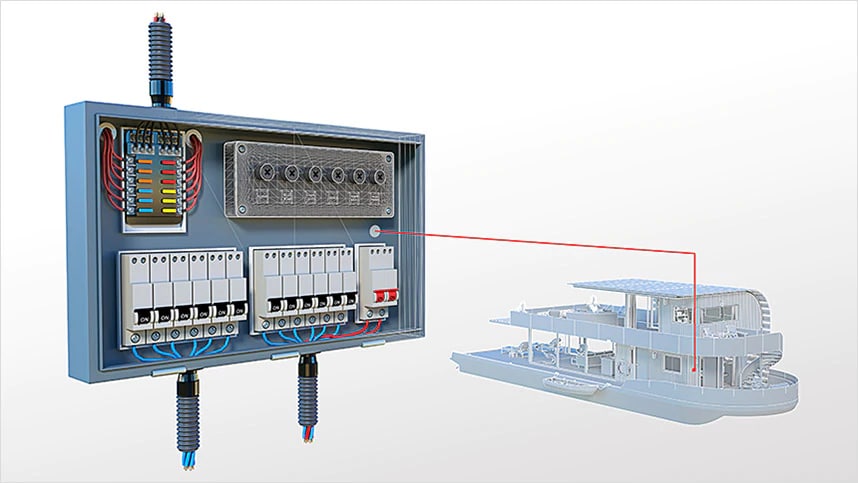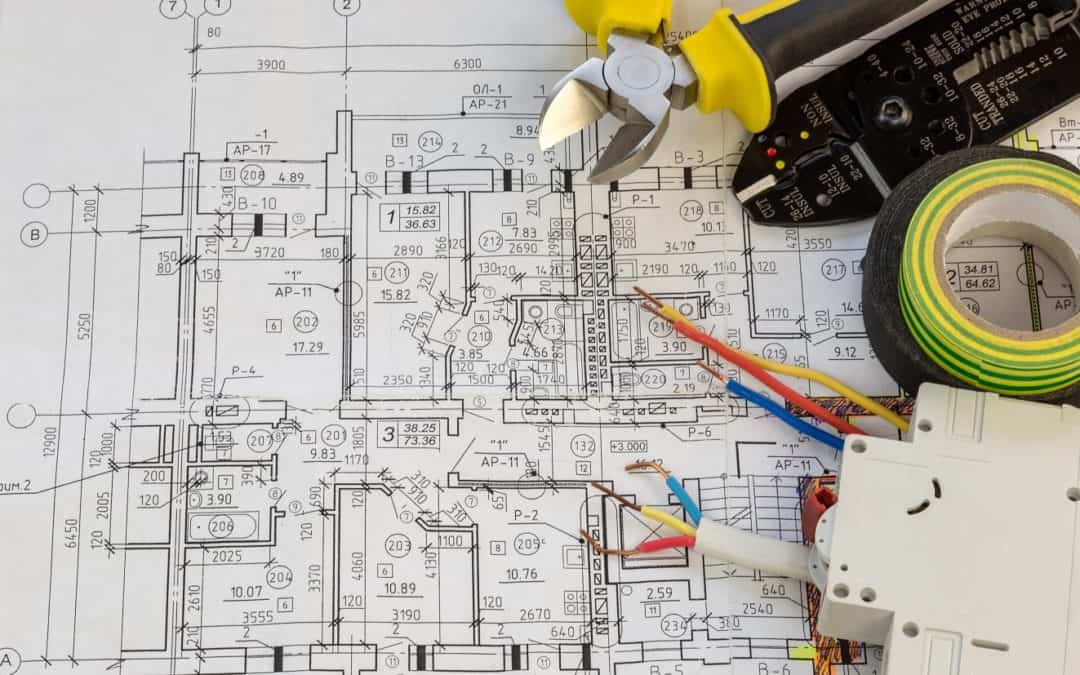Improving Industrial Electrical Design for Large-Scale Operations
Improving Industrial Electrical Design for Large-Scale Operations
Blog Article
Ingenious Electrical Design Providers for Modern Facilities
As metropolitan settings expand increasingly complicated, integrating technologies such as wise grids and eco-friendly energy sources becomes critical. These developments not just promise to optimize power consumption however additionally foster strength against future needs.
Importance of Ingenious Electrical Design
Ingenious electrical design plays a vital duty in modern facilities, affecting not just efficiency yet also sustainability. As cities develop and the demand for energy boosts, the requirement for innovative electric systems comes to be extremely important. These systems must not only meet current demands however likewise expect future development and technical improvements.
A well-executed electric design can dramatically lower power usage, consequently lowering functional prices and lessening ecological effect. By integrating renewable resource resources, such as photovoltaic panels and wind generators, ingenious styles can boost power self-reliance and durability. Furthermore, wise grid technologies permit for real-time tracking and monitoring of power distribution, optimizing efficiency and decreasing waste.
Security is another critical facet of electric design. Applying rigorous criteria and sophisticated technologies can alleviate dangers related to electrical failings, guaranteeing a safe and secure environment for services and residents alike. Furthermore, innovative layouts facilitate flexibility, allowing frameworks to integrate emerging modern technologies perfectly.
Trick Trends in Electrical Design
As the landscape of electric design remains to progress, numerous key trends are forming the future of the industry. One substantial fad is the integration of clever technology right into electric systems. The proliferation of the Web of Points (IoT) has actually enabled real-time tracking and control of electric gadgets, boosting efficiency and assisting in anticipating maintenance.
Another pattern is the expanding emphasis on modular design. This technique permits adaptable and scalable solutions, enabling infrastructure to adapt to changing needs without extensive remodellings. Furthermore, using advanced simulation devices and Structure Details Modeling (BIM) is ending up being progressively common, simplifying the design procedure and boosting cooperation amongst stakeholders.
Furthermore, developments in materials scientific research are causing the advancement of lighter, much more long lasting, and energy-efficient parts. This advancement is specifically crucial for high-performance structures and facilities projects.
Finally, there is a marked change towards data-driven decision-making - electrical engineering design services. Leveraging data analytics aids designers optimize systems for efficiency and cost-effectiveness. With each other, these trends indicate a transformative age in electric design, enhancing capability, sustainability, and resilience in modern-day facilities
Sustainable Energy Solutions
Sustainable power services are significantly becoming a critical emphasis in electrical design, mirroring a broader dedication to environmental duty and resource effectiveness. These services intend to lessen environmental impact while optimizing power consumption in various frameworks, from property buildings to huge commercial centers.
One of the leading techniques entails the combination of renewable resource resources, such as solar panels and wind turbines, into electric systems. This not just decreases reliance on fossil gas yet also boosts energy durability. Furthermore, cutting-edge power storage systems, such as sophisticated batteries, make it possible for efficient management and circulation of energy, making sure that surplus energy created throughout top manufacturing can be made use of throughout high demand periods.
Additionally, energy-efficient design techniques are being adopted to improve overall system efficiency. This consists of making use of energy-efficient lights, a/c systems, and clever building innovations that adapt and keep an eye on power usage based on occupancy and environmental problems.
Smart Grid Technologies
The execution of sustainable energy services normally brings about the expedition of clever grid technologies, which play a pivotal role in improving electric systems. Smart grids leverage advanced communication technologies and data analytics to enhance the reliability, effectiveness, and sustainability of power circulation. By integrating electronic innovation with standard grid framework, these systems promote real-time surveillance, automated control, and enhanced decision-making capacities.
One of the key attributes of clever grids is their capacity to suit renewable resource resources, such as solar and wind power. This versatility not just lowers dependency on fossil gas yet additionally enables for a more decentralized energy manufacturing version. Wise grids enable need reaction programs, where consumers can adjust their power usage based on real-time pricing, consequently promoting energy preservation and decreasing peak lots needs.
Furthermore, smart grid modern technologies enhance grid strength by allowing quicker identification and resolution of failures, inevitably decreasing downtime. With predictive upkeep and analytics, energies can optimize procedures and enhance service shipment. As cities and communities continue to evolve, wise grid technologies are essential for constructing a effective and lasting electrical framework that meets the needs of contemporary culture.

Future-Proofing Infrastructure
To ensure lasting stability and adaptability, future-proofing framework is industrial electrical design vital in the rapidly progressing landscape of electrical design solutions. As modern technology advancements and power demands change, it is important that electric systems are developed with adaptability in mind. This involves incorporating scalable options that can suit future upgrades without requiring extensive overhauls.

Additionally, sustainability needs to be a cornerstone of future-proofed designs. Utilizing sustainable power resources, such as solar and wind, and maximizing energy effectiveness lower dependence on fossil gas, aligning with global initiatives to battle climate modification.
Verdict
By focusing on performance, sustainability, and flexibility, these services address the evolving needs of energy systems. The assimilation of smart grid technologies and sustainable energy solutions boosts strength and decreases operational prices.
A well-executed electric design can substantially decrease power usage, consequently reducing operational prices and lessening environmental influence. By integrating renewable power sources, such as solar panels and wind generators, innovative layouts can boost power self-reliance and strength. Furthermore, innovative power storage systems, such as sophisticated batteries, enable effective administration and circulation of power, ensuring that excess energy created during optimal production can be made use of during high need durations.
Wise grids enable need reaction programs, where customers can adjust their energy use based on real-time pricing, consequently promoting energy preservation and reducing peak lots demands. (residential electrical design)
As modern technology advancements and power demands change, it is essential that electric systems are made with flexibility in mind.
Report this page